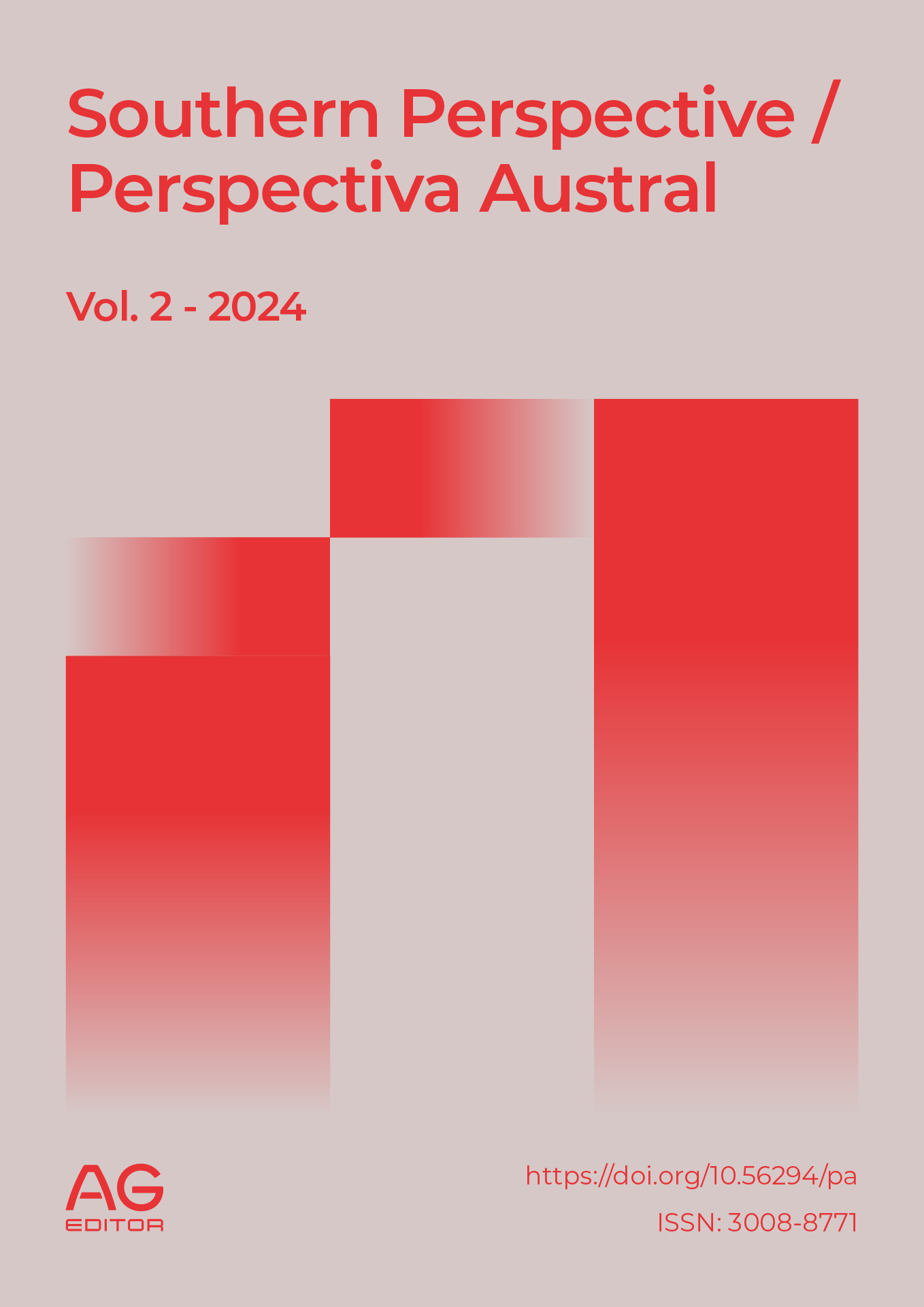Superstition and judgments against the Indians in the bishopric of Michoacán
DOI:
https://doi.org/10.56294/pa2024.37Keywords:
Colonial justice, Ecclesiastical jurisdiction, Indigenous people and the law, Superstition and punishment, Mixed jurisdictionAbstract
Justice in New Spain was divided into ordinary and special. The former included the Supreme Council of the Indies, the Royal Courts and local authorities such as mayors and magistrates. The latter, of a religious nature, was in the hands of ecclesiastical judges, who dealt with crimes of faith and public morality. In 1573, Philip II established that ordinary justice should assist ecclesiastical justice in cases involving indigenous people.
The royal government supervised the administration of justice to prevent abuses, although corruption remained a latent problem. The chief magistrates and senior mayors represented the Crown and ensured that conflicts were not resolved arbitrarily. The Church, for its part, regulated religious practices and prosecuted crimes of superstition such as idolatry and sorcery, which were considered offenses against both the faith and the social order.
The judicial process in cases of superstition combined civil and ecclesiastical jurisdiction, under the principle of mixed jurisdiction. The indigenous people, due to their special legal status, were tried with less severe penalties, avoiding corporal punishment. In the autos de fe, the guilty received public penances. The New Spain justice system sought social control through the fusion of political and religious power, ensuring that the indigenous people were integrated into the colonial structure under the rule of the Crown and ecclesiastical tutelage.
Published
Issue
Section
License
Copyright (c) 2024 Quetzalcóatl Tonatiuh Uribe Sánchez (Author)

This work is licensed under a Creative Commons Attribution 4.0 International License.
The article is distributed under the Creative Commons Attribution 4.0 License. Unless otherwise stated, associated published material is distributed under the same licence.






